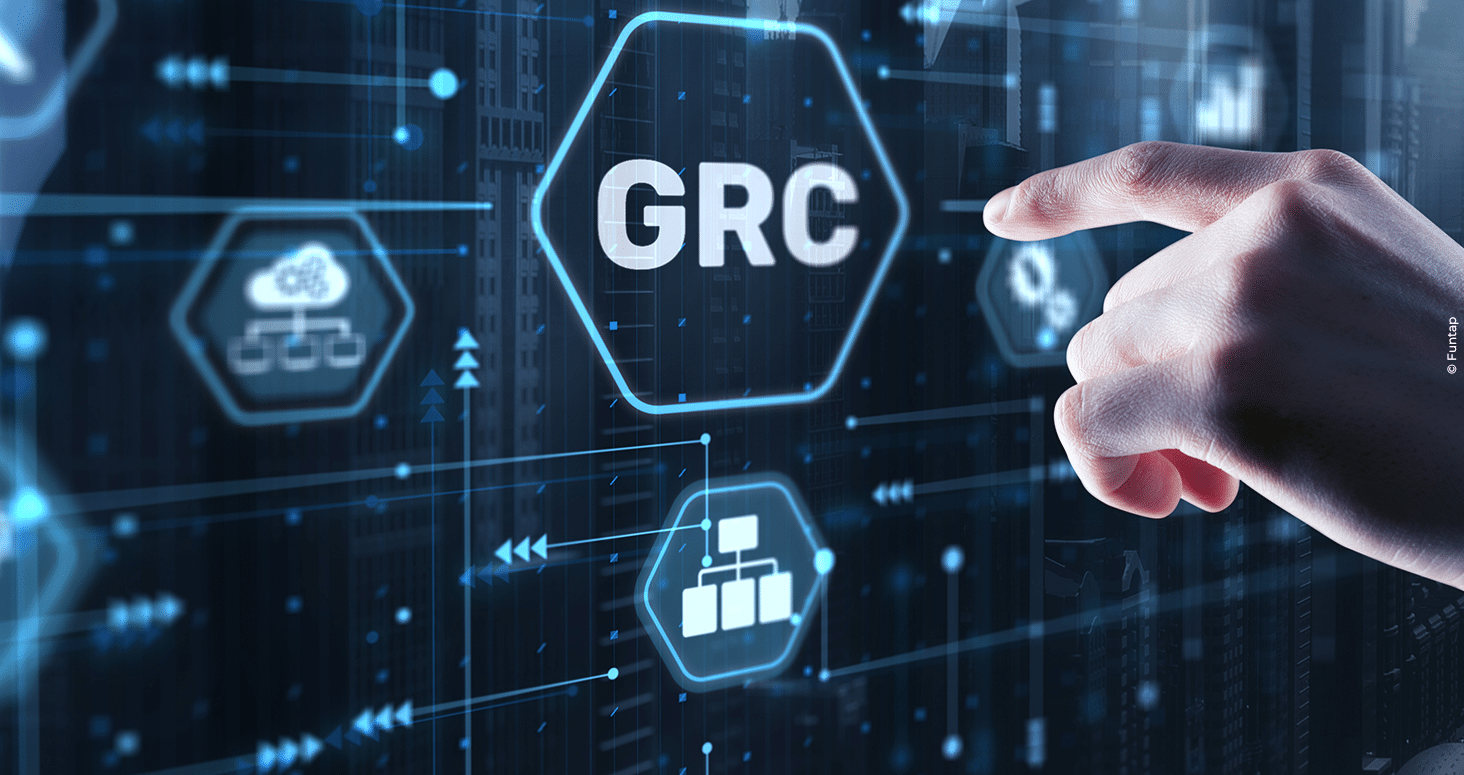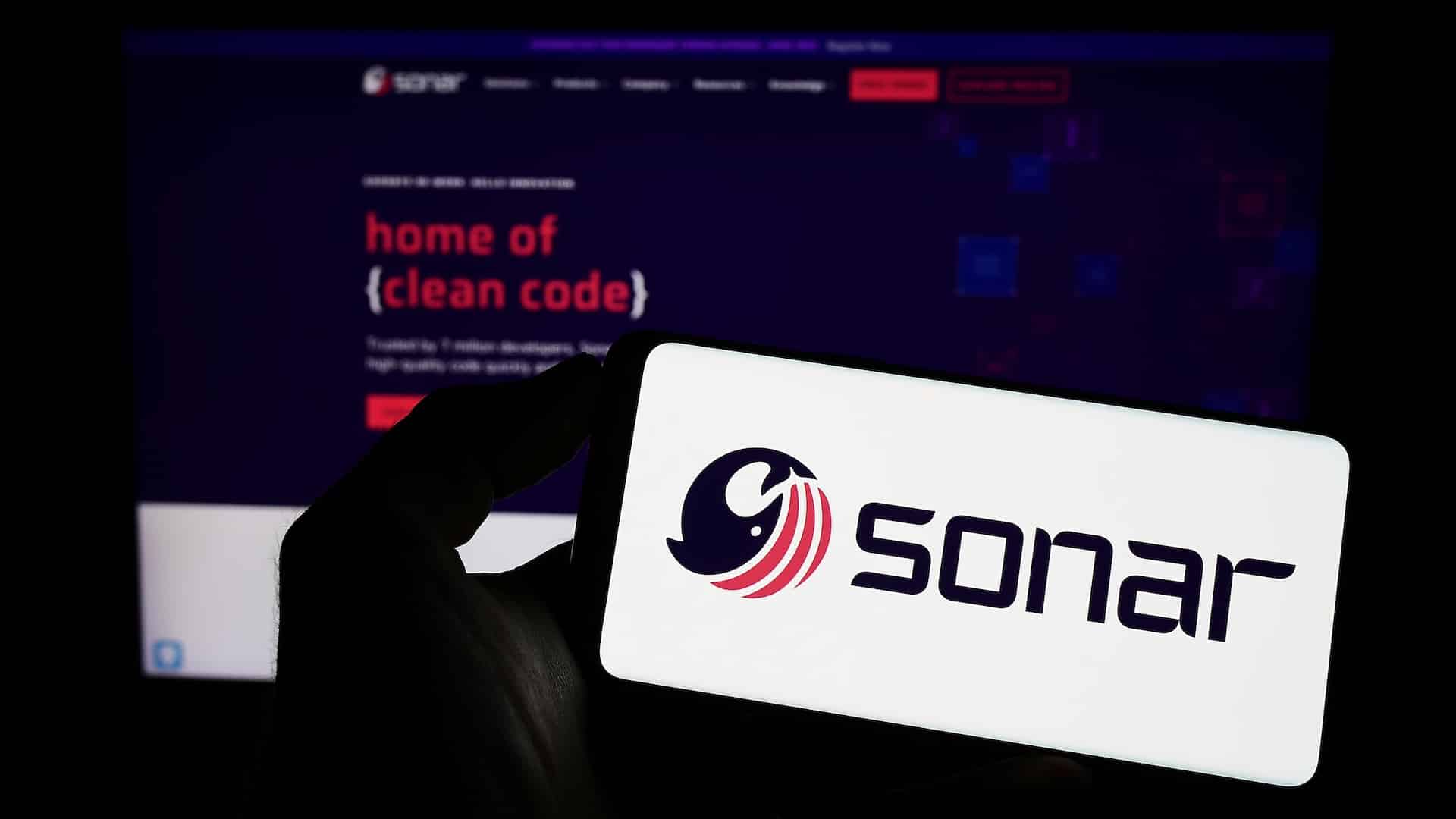Cybersecurity GRC is a strategy for optimizing IT systems to improve business performance. We explain everything.
Cybersecurity is a major concern for businesses in the digital age. In this context, Governance, Risk Management, and Compliance (GRC) play a crucial role. But what exactly is cybersecurity GRC, and how can it be implemented in a company to strengthen its IT security? This article guides you through the key concepts and the steps to follow.
What is GRC in cybersecurity?
Cybersecurity GRC is a strategic framework that integrates governance, risk management, and compliance with standards and legislation in the field of information systems security. Its aim is to ensure that information technologies and business practices do not jeopardise the company’s data security, and that they comply with applicable laws and regulations. This acronym can be detailed as follows:
Governance: GRC begins with the development of governance. This includes the creation of policies and processes, and the definition of roles and levels of responsibility within an organisation.
Risk management: To achieve this, the organisation needs to map its risks, assess their impact, and consider the management measures to apply to each of these potential risks and mitigate their effects.
Compliance: Finally, for this framework to be effective, the organisation must ensure that its cybersecurity practices comply with current standards and regulations.
What role does GRC play in cybersecurity?
The role of GRC is to oversee the company’s efforts to protect its digital assets against internal and external threats. This involves establishing policies, managing IT risks, and ensuring that the company complies with current data protection regulations. GRC involves a great deal of monitoring of cybersecurity-related activities within the organization. This monitoring enables us to draw up reports on the types of incidents that have occurred, their frequency… and thus to adjust the company’s strategy.
Why is cyber security GRC important?
GRC protects the organization’s sensitive data by preventing security breaches, minimizing the risk of cyber-attacks, and ensuring proactive threat management. But that’s not all! GRC also has other positive impacts:
Preserving reputation: a data leak or theft can diminish the trust customers and business partners have in an organization. This type of event has a very negative impact on a company’s reputation and can tarnish its image for a long time to come.
Business continuity: cyber attacks can cause downtime in a company’s information system. These malfunctions generate considerable costs for the organization. GRC represents protection against financial loss.
Supply chain security: Organizations are often linked to each other by computer networks and other shared systems. A cyber attack can jeopardize an entire supply chain, and GRC is the answer.
What are the main stages in the GRC approach to cybersecurity?
Define your objectives clearly
It’s essential to define the objectives of your GRC approach specifically according to your company’s needs and risks.
Evaluate your existing procedures
Review your current policies, procedures, and controls to identify any gaps in security and compliance.
Adopt a top-down strategy
Management commitment and support are crucial to the successful implementation of GRC. A top-down approach ensures that the security strategy is aligned with the company’s overall objectives.
Use GRC software
Specialized software tools can help automate and effectively manage GRC processes, facilitating monitoring, risk management, and compliance.
Take tests
Regular testing, such as security audits and penetration tests, is essential to assess the effectiveness of the security measures in place.
Distribute roles and assign clear responsibilities
It is important to assign responsibilities for governance, risk management, and compliance to defined individuals, to ensure effective monitoring and implementation.
Qim info supports you in implementing GRC in your company
Work environments are evolving. Faced with a growing demand for performance and security, Qim info deploys a complete range of modern cybersecurity solutions. Beyond technology, a transformation requires a cultural evolution: we accompany you on this path to adapt new work methods within your organisation.
With in-depth expertise and recognized experience, Qim info is with you every step of the way to ensure the successful implementation of your GRC strategy, tailored to the specific needs of your organization.
We protect your business with customized security strategies. We’ll help you define your governance, take charge of information sharing, user identification and access, content protection, terminal management, and threat identification.
FAQ
How does GRC work?
GRC works by integrating governance, risk management, and compliance processes into all facets of IT security. This includes risk assessment, implementation of safety policies and procedures, and verification of compliance with international standards and national legislation.
Why implement GRC in your company?
Implementing a GRC approach helps to structure and optimize information security management, improve the company’s resilience in the face of cyber threats, and reinforce the confidence of customers and partners in its security practices.







